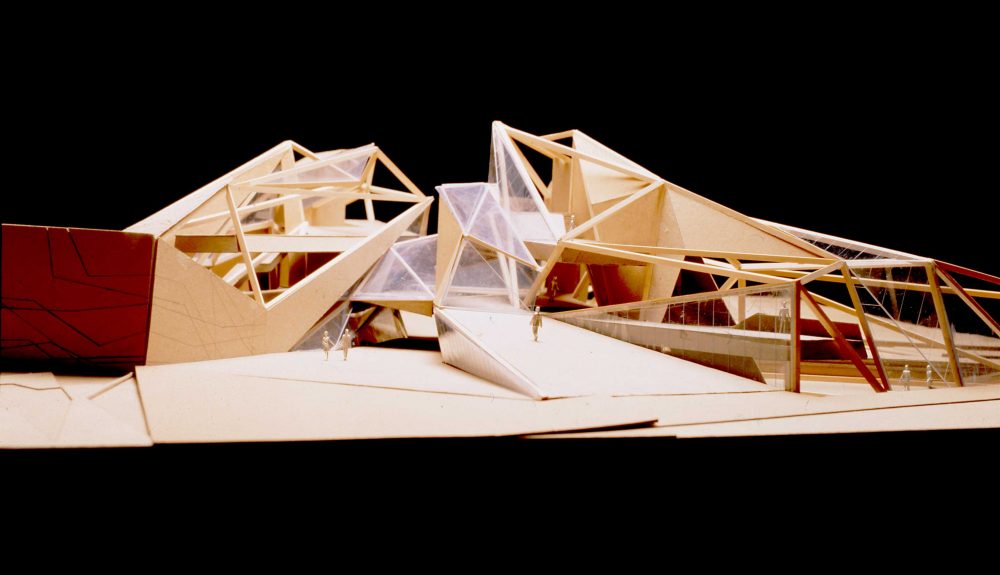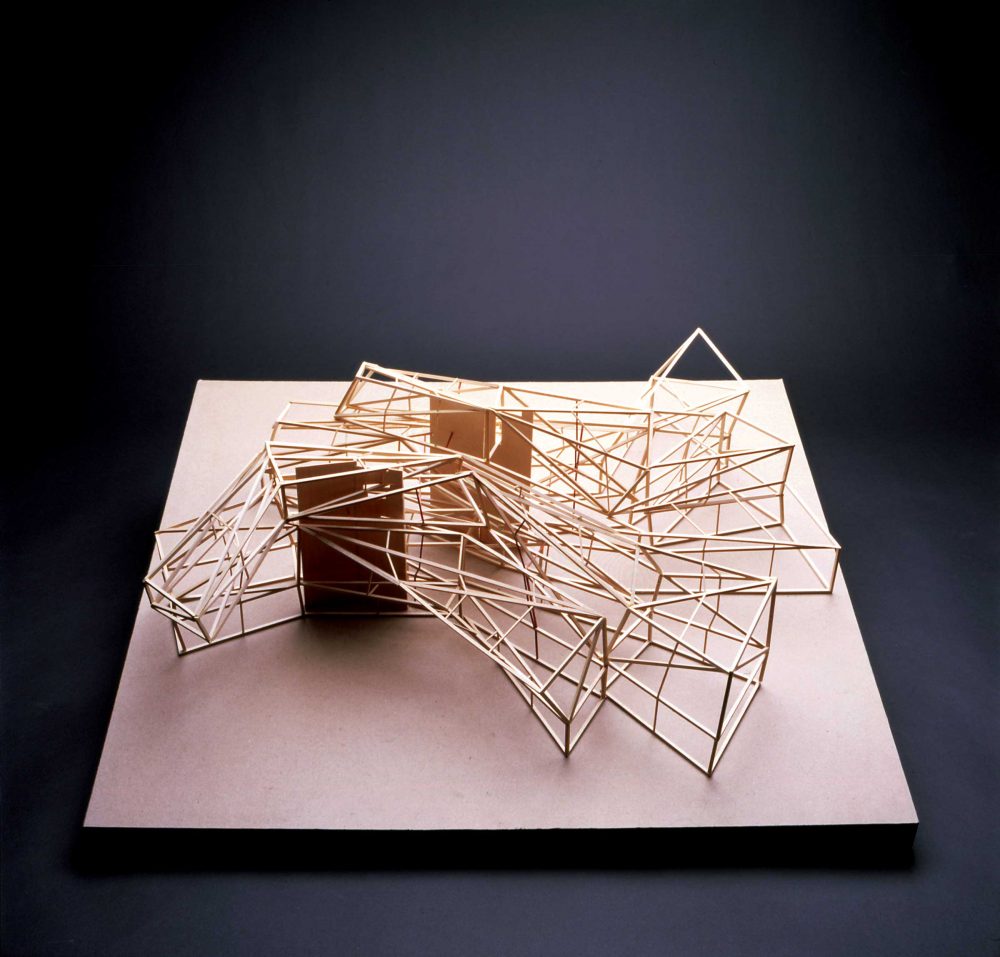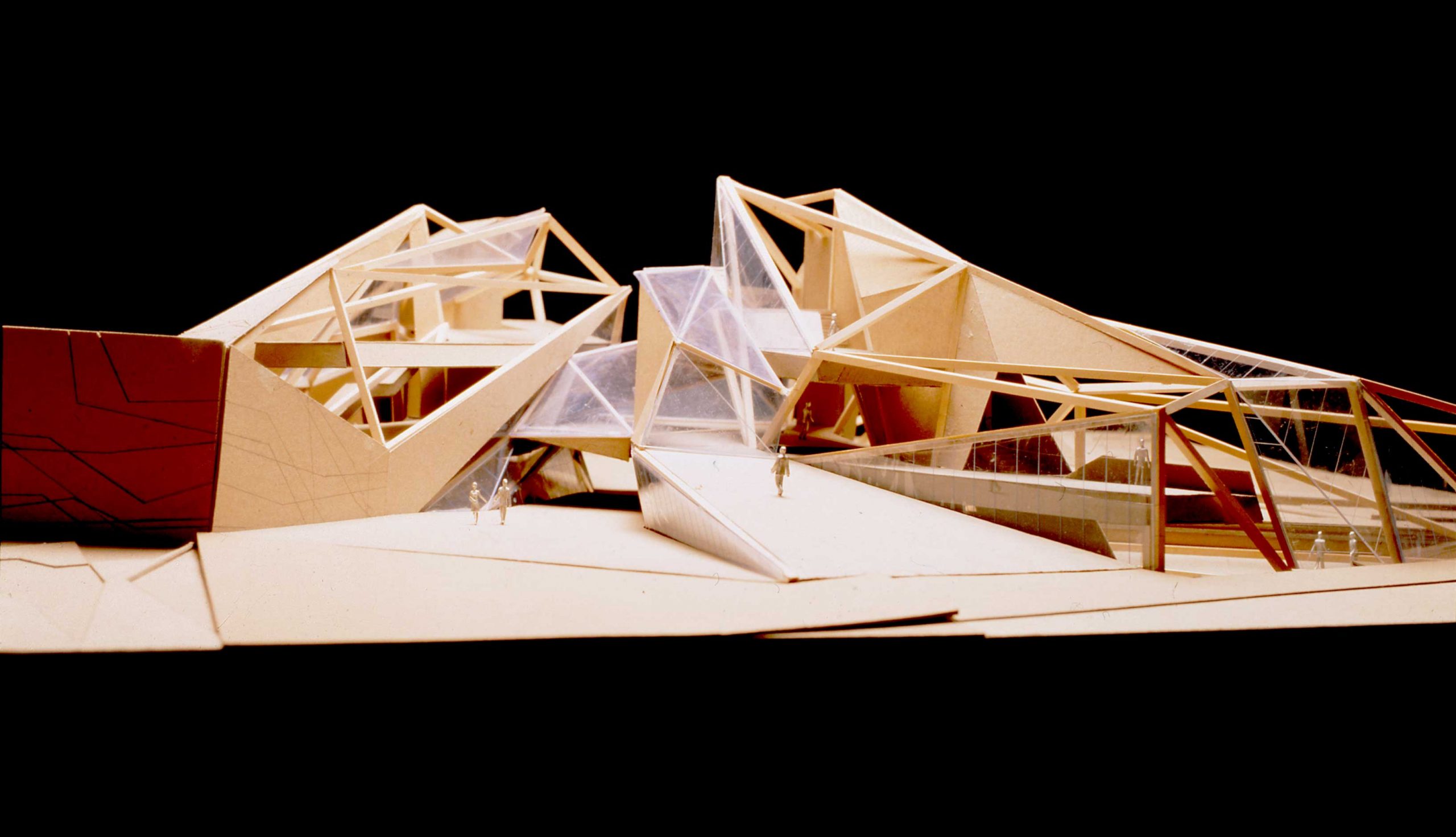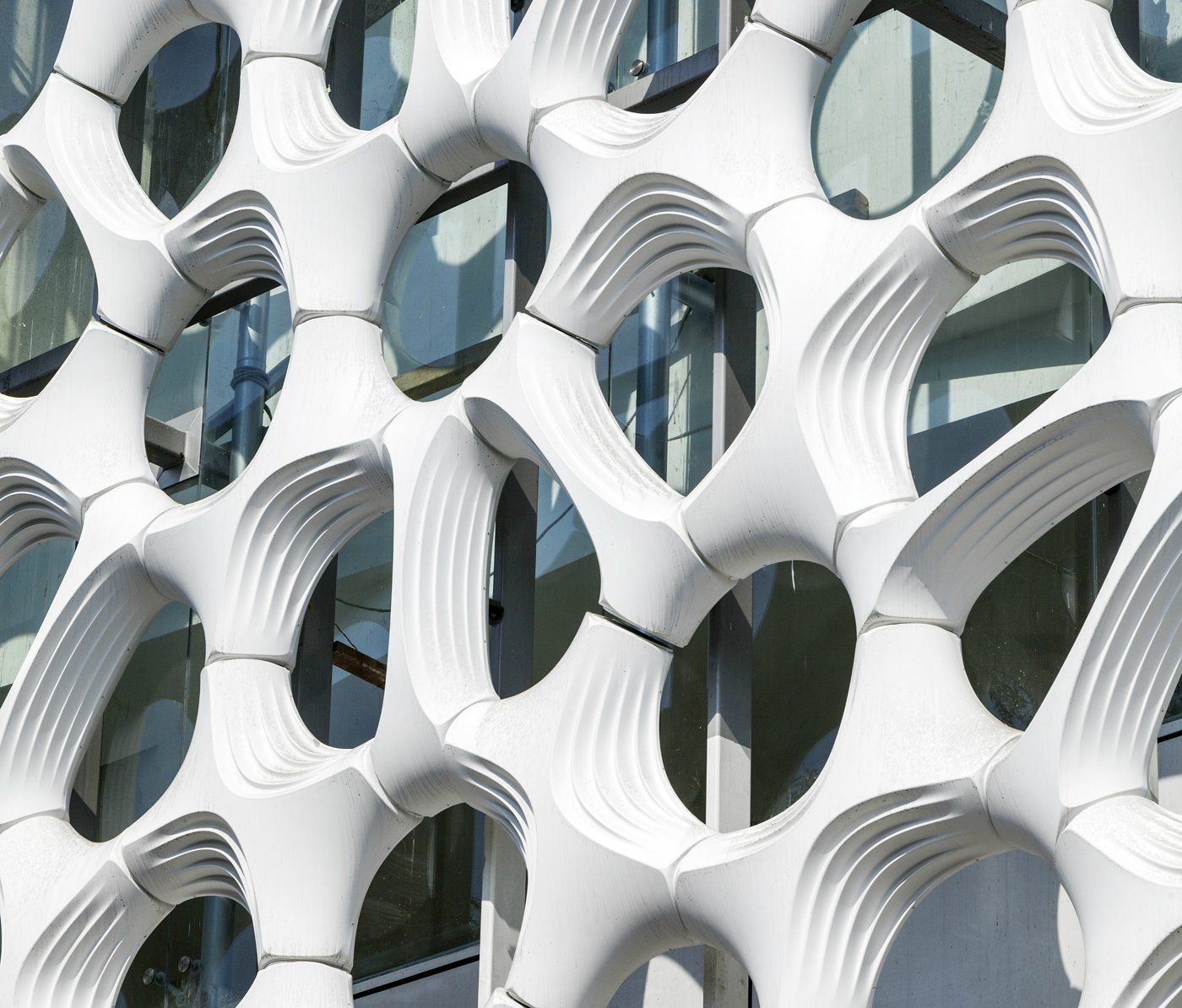Bibliothèque De L’ihuel

The late-20th century has witnessed the growing attention of digital space, space that has continually been repressed in real space by the constraints of shape-making. The way of life of architecture has been based totally on the making of shape for the past 400 years. This priority gave a value to forming, whilst the area was visible as a residue.
In the library, space is the initiating circumstance, which produces a chain of areas that could be referred to as interstitial, space that is neither the product of a framing ground nor formed from the generation of a preexistent figure. The interstitial is an intermediate condition among figure and ground, among form and space. It is the end result of a system of spacing, which involves the transformation and recording of vectors, power flows that have a mass, and a density.
Given the idea of memory that permeates each a library and the concept of area, the architects commenced with a diagram of neurological activity, reworking it to turn out to be a hint rather than a representation in the final organization of space. They added this diagram to the site, which is placed at an intersection of two varieties of urbanism: one in which a landscape or park defines the areas, another wherein the spaces are described with the aid of objects. The item operates among the landscape and the object, blurring each condition in one heterogeneous area.
The library is a chain of purposeful prisms capable of concurrently performing more than one task, producing a relay of information that can express the acquisitions of the beyond in a new representation of expertise with inferences from synthetic intelligence. The diagrammatic structure from which we began produced an architecture that does not embody reminiscence as form but as a substitute develops a shape that may be a hint of its technique.
- Switzerland
- Eisenman Architects
- https://eisenmanarchitects.com/Bibliotheque-de-L-iheul-1997




Category Educational





